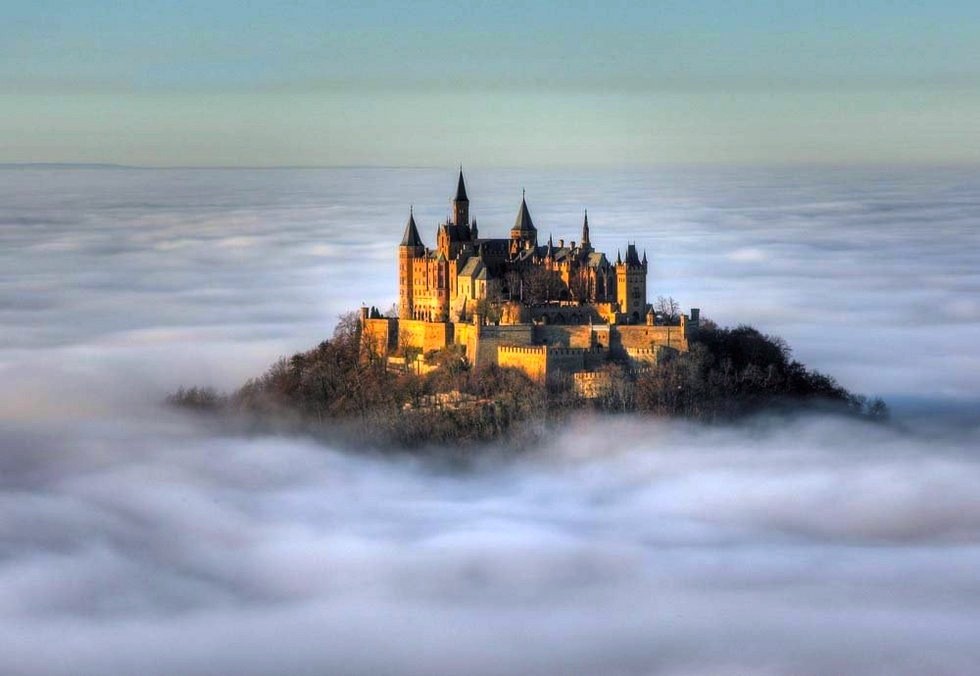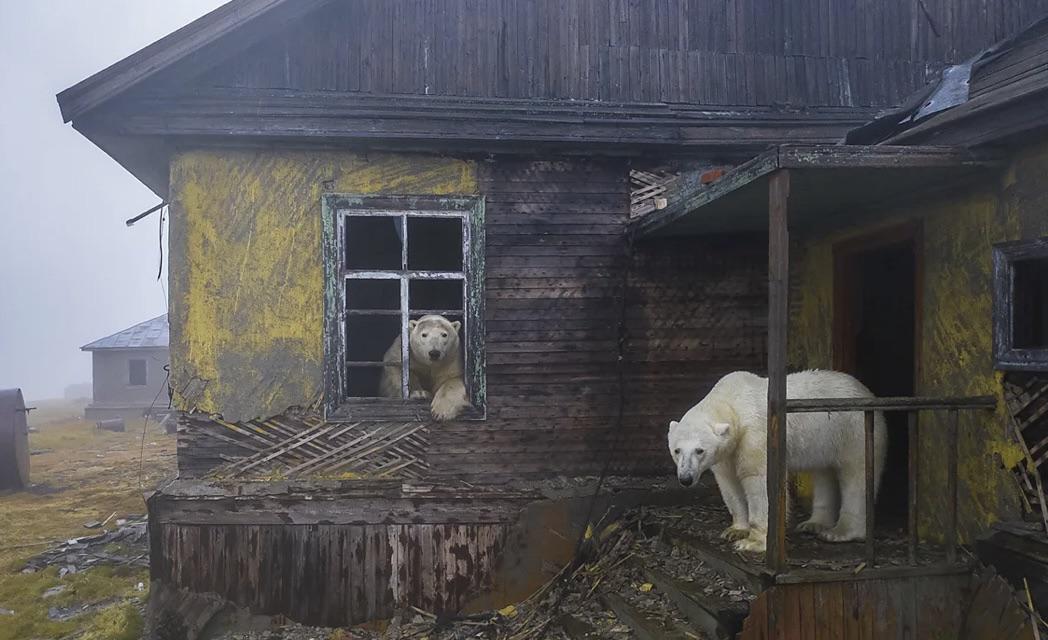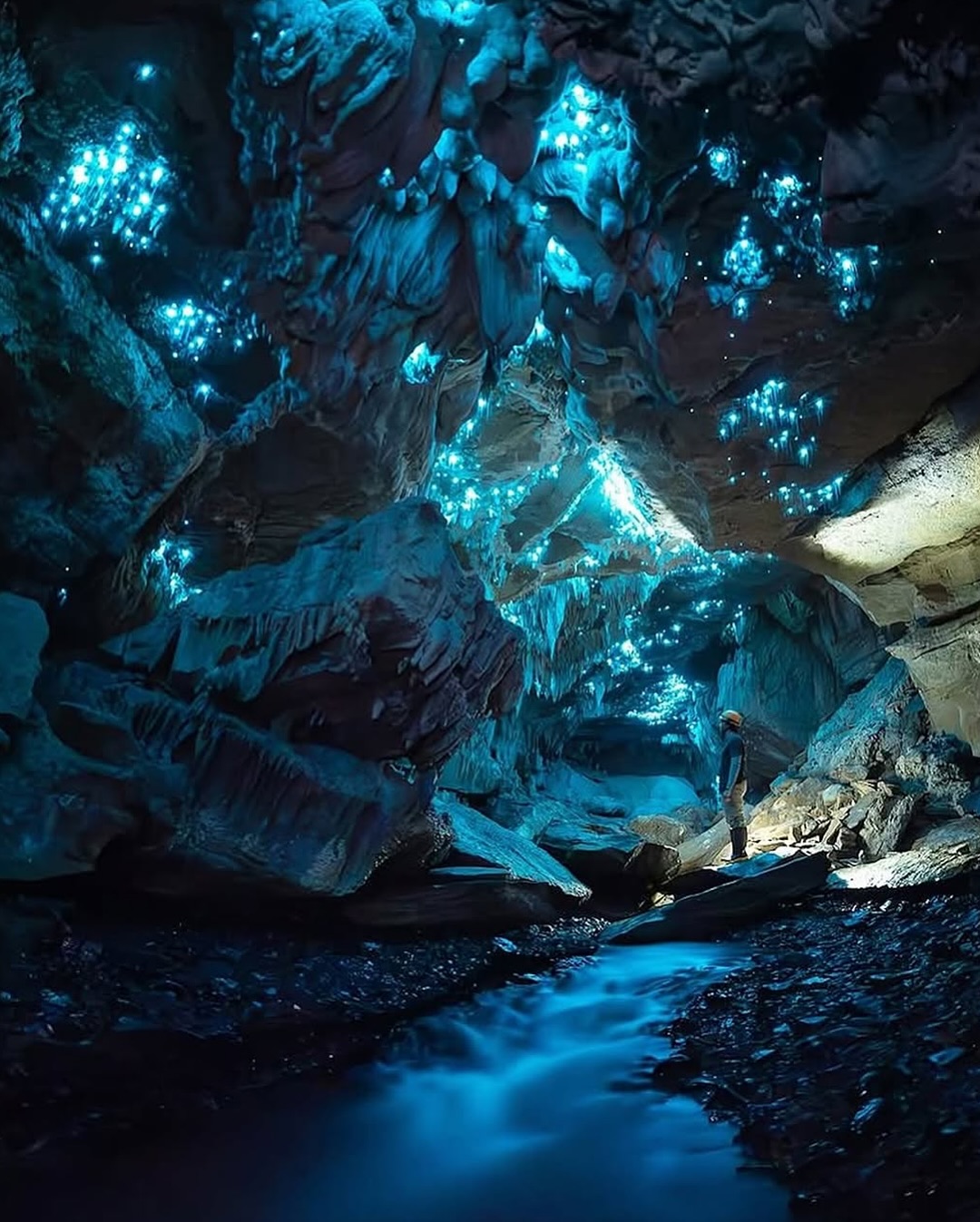There are few machines that command awe quite like submarines. Silent, powerful, and mysterious, they operate in one of the most unforgiving environments on Earth: the deep sea. But among them, one stands quite literally above the rest—the Typhoon-class submarine, the largest ever built.
Known in Russia as Project 941 Akula (which means “Shark”), the Typhoon-class was conceived during one of the tensest eras in modern history: the Cold War. This wasn’t just a vessel—it was a statement. A floating fortress built to disappear under the Arctic ice and wait.
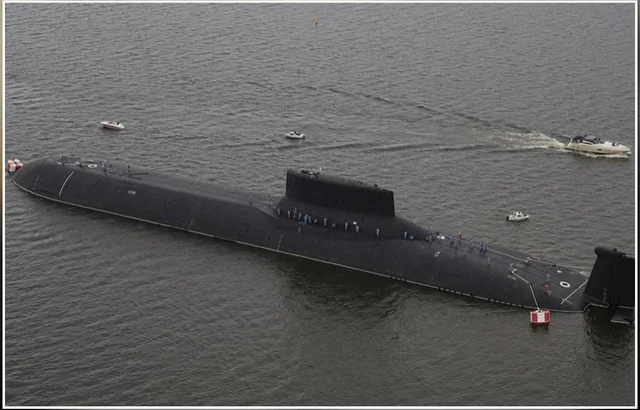
In the 1980s, the Soviet Union was in a high-stakes arms race with the United States, and submarines played a key role in strategic deterrence. The Typhoon-class submarines were designed to carry a devastating payload of nuclear weapons while remaining hidden in the vast ocean depths, ready to strike if needed.
Each Typhoon measured about 175 meters (574 feet) long and 23 meters (75 feet) wide. To put that into perspective, that’s longer than a football field and almost as tall as a 10-story building when upright. These submarines displaced nearly 48,000 tons when submerged—about the weight of 600 fully-loaded school buses.
What made the Typhoon-class especially unique was its dual pressure hull design. Most submarines have a single inner hull that keeps the crew safe from the crushing pressure of the ocean. The Typhoon, however, had two parallel pressure hulls, each capable of housing separate control systems and compartments.
This not only made the submarine incredibly strong and durable but also allowed for an unusually spacious interior. Crew members had more room to live and work, with amenities like a swimming pool, sauna, and even a small gym—unheard of luxuries on most submarines.
With six torpedo tubes and 20 launch tubes for R-39 ballistic missiles, each capable of carrying multiple nuclear warheads, the Typhoon-class was designed to strike entire continents.
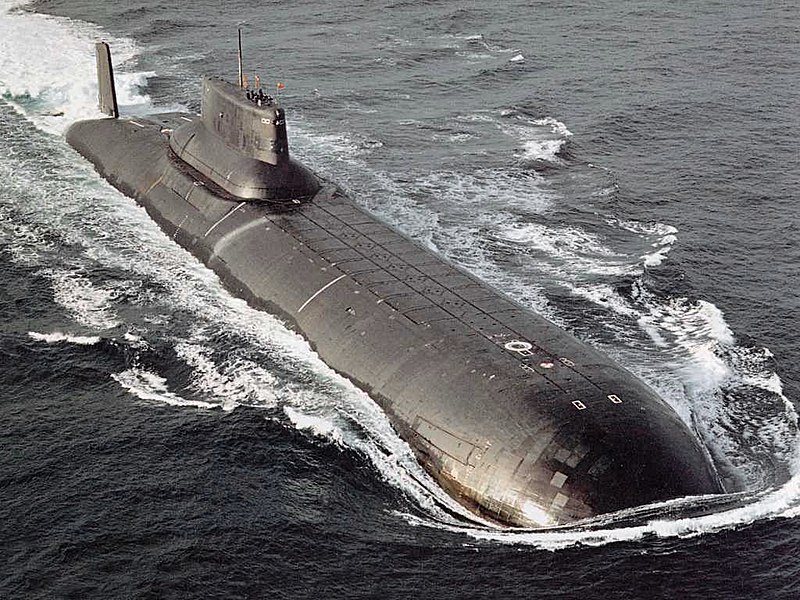
One of the defining missions of the Typhoon-class was to operate undetected under the polar ice caps. The massive size wasn’t just for show—it was built to endure long deployments, deep in the Arctic, where sonar was less effective and ice made detection even harder.
This made them a terrifying ghost in Cold War strategy. Always there. Always ready. Never seen.
Despite being a machine of war, life aboard a Typhoon was surprisingly humanized compared to other submarines. With a crew of around 160, extended patrols lasting several months were the norm. The extra space allowed for more comfortable conditions, including private sleeping quarters, a lounge area, and the aforementioned sauna.
Of course, it wasn’t exactly a vacation. Days were long and heavily regimented, and the psychological toll of deep-sea isolation and the ever-present possibility of conflict hung in the air. Still, many former crew members describe serving on the Typhoon as both a privilege and an incredible challenge.
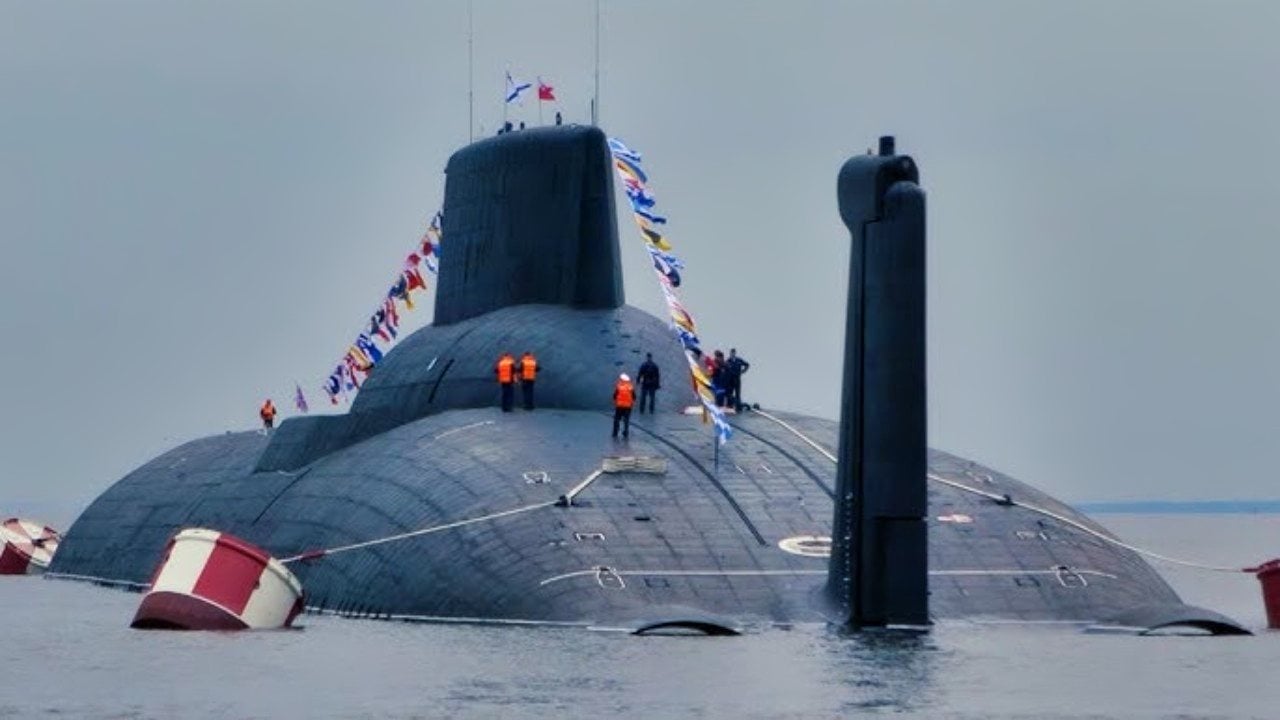
Only six Typhoon-class submarines were ever built, and as of today, only one remains technically operational—Dmitry Donskoy (TK-208), mainly used for testing purposes. The rest have been retired or dismantled, as newer, more cost-efficient submarines took their place in Russia’s navy.
But their legend lives on.
The Typhoon-class became the inspiration for fiction—perhaps most famously in Tom Clancy’s “The Hunt for Red October,” where it was portrayed as a near-mythical weapon of the sea. And in reality, it remains one of the greatest feats of naval engineering ever attempted.
The Typhoon-class isn’t just a record-holder in terms of size. It’s a symbol of an era defined by tension, technological one-upmanship, and the sheer audacity of human ambition.
These submarines were built not just to win wars, but to prevent them—to hold power in silence, beneath the waves, in the hope that they would never need to act.
Today, as we reflect on Cold War history and the machinery it left behind, the Typhoon-class remains one of the most fascinating—and intimidating—reminders of what nations can build when fear, pride, and innovation collide below the surface.
